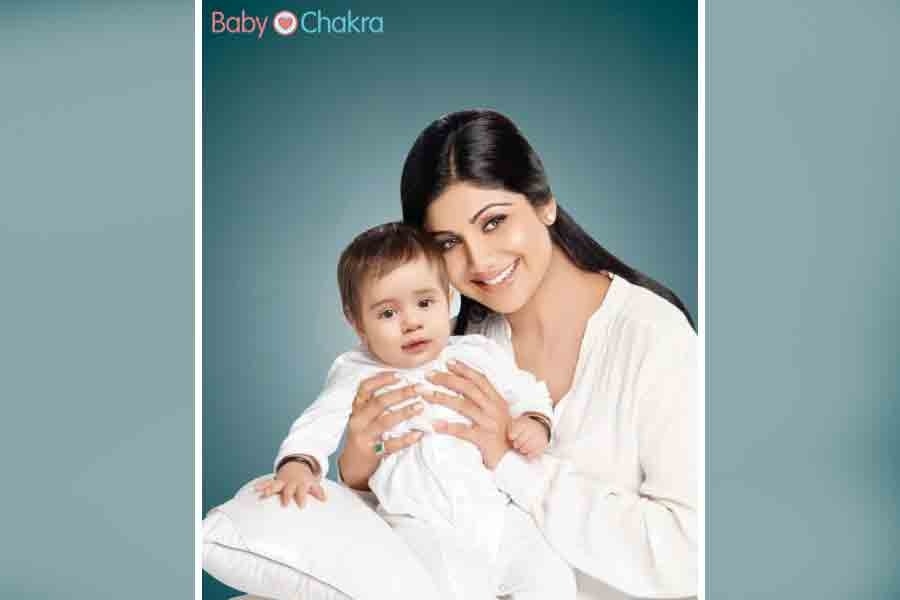
Stem Cell Banking : All Questions Answered
16 Apr 2014 | 5 min Read
Baby Chakra
Author | 501 Articles
Recently, there has been lots of news on stem cell related therapies and treatments. Scientists and doctors worldwide have invested a lot of hope and expectations in this upcoming sector as these cells seem able to cure a number of life threatening diseases. Know more about stem cell banking pros and cons in this FAQ
But, what actually are these stem cells?
Stem cells are master cells that have the capability to multiply and give rise to specific cell types. They also possess the ability to regenerate.
What are the different types of stem cells?
There are three different types of stem cells:
1. Totipotent stem cells:
Can develop into any type of cell. These are found in the embryonic stage and are still under research.
2. Pluripotent stem cells:
Can develop into different types of cells but have limited developing capability as compared to Totipotent stem cells.
3. Multipotent stem cells:
These are more specialised cells and can develop into only specific types of cell. For eg: Haematopoietic stem cells (HSCs) can develop into platelets, RBCs (Red Blood Cells) and other blood cells.
What is cord blood? And what is its importance?
The blood that is left behind in the umbilical cord (cord that connects the baby with the mother, when in the womb) after delivery is called cord blood. Cord blood is a rich source of Haematopoietic Stem Cells (HSCs). Collecting and preserving these cells can prove to be extremely useful for the baby and its family.
HSCs are successfully being used for curing various oncological, immune and blood related diseases. And the future too is extremely bright for these cells. Research is in progress for extending the usage of HSCs for the treatment of diseases like Autism and traumatic brain injury.
When is the cord blood collected?
Cord blood is collected from the umbilical cord immediately after a baby’s birth, but generally before the placenta has been delivered.
How are Haematopoietic Stem Cells (HSCs) from cord blood different from HSCs from other sources?
All stem cell transplants require a donor-recipient match (HLA match) to be done. It is evident that cord blood Haematopoietic Stem Cells may not require as strict an HLA match as that required for sources like bone marrow or the peripheral blood stream since they have less mature antigens (antigens are foreign substances that induce an immune response in the body). It indicates that transplants involving HSCs from cord blood will cause less adverse reactions because the donor’s cells will be accepted by the recipient more easily. These cells will not be identified as foreign bodies and hence will not be attacked by the recipient’s immune system.
Why should a family choose to bank their baby’s cord blood?
Cord blood banking is similar to buying a bio-insurance policy for the entire family. It gives you a simple and painless option of securing your baby’s and family’s health.
This blood is rich in Haematopoietic Stem Cells that form the building-blocks of the human body. They possess the capability to multiply; regenerate and can give rise to specific cell types. What’s more, these cells possess the power to cure more than 80+ medical conditions.
Not just your baby, but the entire family (you, your spouse and baby’s siblings) can benefit from these cells due to greater matching capability.
What is cord tissue? Why should it be preserved?
Cord tissue that is rich in Mesenchymal Stem Cells (MSCs) is present in the Wharton’s Jelly of the umbilical cord. MSCs are in advanced research stages for the treatment of diseases like Parkinson’s disease, Cerebral Palsy and Alzheimer’s disease. Storing these cells can open doors to various treatments for the baby and its family in the future (if need be).
When is the cord tissue collected?
The umbilical cord is cleaned and stored after the cord blood is collected.
Is the cord blood collection procedure safe for the mother and the baby?
The collection is safe for both mother and the baby as the cord blood is taken from the cord once it has been clamped and baby is separated. It is safe and painless for both normal and caesarean deliveries.
How can I use the cord blood stem cells?
Banked cord blood is readily accessible and there when you need it. Matched stem cells, which are necessary for transplant, are difficult to obtain due to strict matching requirements. If your child’s cord blood is banked, no time is wasted in the search and matching process required when a transplant is needed.
Cells taken from your newborn are collected just once and last for his or her lifetime.
For example, in the event your child contracts a disease, which must be treated with chemotherapy or radiation, there is a probability of a negative impact on the immune system. While an autologous (self) transplant may not be appropriate for every disease, there could be a benefit in using the preserved stem cells to bolster and repopulate your child’s blood and immune system.
Click here to book your FREE appointment with your BABYCHAKRA specialist.
Get exclusive offers only on BabyChakra for stem cell packages with the best brands today. Ltd period offer.
Special packages from well-renowned brands just for you.. Cryoviva, Cryo Stemcell, Cordlife and more.
A


Related Topics for you
Suggestions offered by doctors on BabyChakra are of advisory nature i.e., for educational and informational purposes only. Content posted on, created for, or compiled by BabyChakra is not intended or designed to replace your doctor's independent judgment about any symptom, condition, or the appropriateness or risks of a procedure or treatment for a given person.
